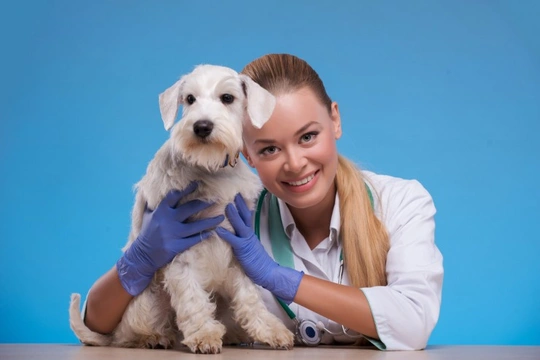
Why a six month health check is important for your puppy
Assuming that your new dog is well cared for and has all of their preventative healthcare taken care of and any problems in the making nipped in the bud early on, your new dog is likely to see the vet more in their first year of life than they will in any of the years to follow!
During the initial year, most puppies will visit the vet for their two-stage initial vaccinations, their spay or neuter surgery, and likely, another very first health check when the puppies are first born as well, as well as potentially an additional appointment for microchipping if this is not taken care of alongside of one of the other appointments.
Because things like a puppy’s vaccinations and neutering surgery need to be staggered at the appropriate intervals in order to be both safe and effective, this range of different appointments that dogs have in their first year happens partially due to necessity rather than design, but it also provides several valuable opportunities for your vet to check your puppy over as they develop and grow, during the most formative year of their life.
However, while it might seem like overkill to arrange yet another veterinary appointment during a year when your puppy may well seem like they’re never out of the clinic in the first place, many veterinary clinics recommend scheduling a six month check-up for puppies as well, either with a vet or with a qualified veterinary nurse.
This appointment is sometimes offered as part of a first-year puppy package that costs less than the individual elements would normally, or for free with a qualified nurse, and if it is offered at your local clinic, it is always a good idea to take them up on their offer! Whilst you may only be in the clinic for a few minutes and it can seem as if this appointment is a needless waste of time and effort, gong along for a six month health check can be both informative and invaluable for puppy owners, and in this article, we will look at why this is. Read on to learn more.
Feeding and exercise advice
By the time your puppy is around six months old, they will be starting to build up muscle mass and tolerance for exercise, whilst still remaining in a growth stage and potentially vulnerable to overexertion. It can be challenging to know how to judge how much exercise your puppy can or should have, particularly if they are of one of the slower growing, large or giant breeds like the Newfoundland dog, which can be very slow to develop and prone to injury.
A six month consultation with a vet or a nurse will allow you to discuss any concerns and get advice about what sort of exercise your dog should be doing and how much of it that should have, at a time when this is most important for healthy development.
Training tips
By six months of age, your puppy should already be well into their first training programme and learning all of the vital skills and commands that they will retain for the rest of their life! Whether you are training your dog at home, attending training classes or a mixture of both, your vet or a nurse can provide you with helpful tips and advice, and also, identify quickly if any problems you are facing may have a veterinary cause behind them,
Dental check
In your pup’s first year of life, a lot goes on where their teeth are concerned! They will get their first set of teeth, lose them and get their adult teeth in, all within a year! Generally this all happens without any problems or issues, but in some cases, problems can arise, such as retained baby or deciduous teeth, or adult teeth growing in crooked or in the wrong formation.
Problems such as these can cause significant amounts of pain and discomfort for your dog, and also, possibly lead to problems eating normally. The sooner such problems can be addressed and corrected the better, and so six months of age is the ideal time for such a check, in order to allow issues to be spotted as soon as possible.
Gait and conformation check
By six months of age, your dog’s build and conformation will change significantly and begin to resemble the appearance that your dog will have when they are fully grown, and have lost the puppy fat! Whilst some potential conformation issues such as hip dysplasia will often not become apparent in dogs until they are as old as two years, some issues will become apparent by around six months old, giving your vet a chance to spot and act on them before they become highly pronounced or cause more damage.
General health check
Finally, while you might not generally consider taking a healthy dog along for a check-up at the vet as often as every six months, an additional health check when your puppy is growing and developing is never a bad idea!



